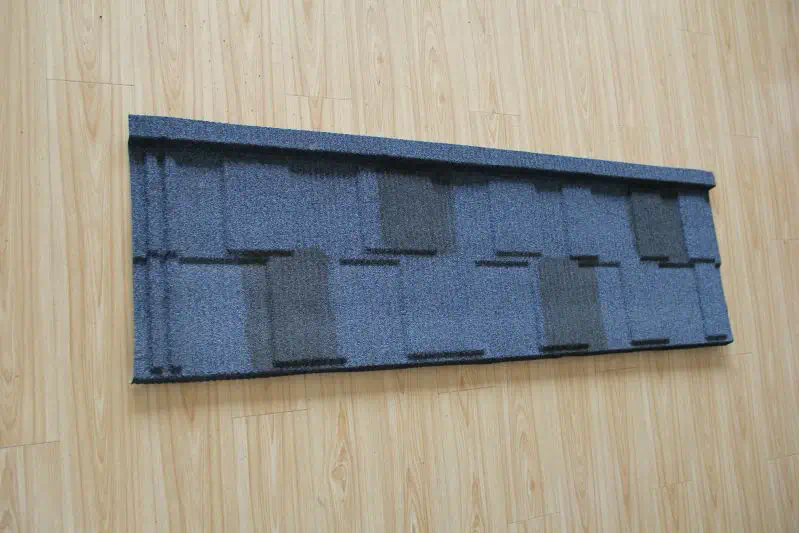International standards play a crucial role in ensuring the quality, safety, and reliability of CNC equipment. Manufacturers and users alike rely on these standards to guarantee that CNC machines meet specific requirements and perform as expected. In this article, we will delve into the world of international standards and the certification process for CNC equipment.
The process of developing international standards for CNC equipment involves collaboration among industry experts, regulatory bodies, and other stakeholders. These standards cover various aspects of CNC machines, including design, performance, safety, and interoperability. By adhering to these standards, manufacturers can demonstrate compliance with best practices and ensure that their products meet global hydraulic pipe bending machine expectations.

Importance of International Standards for CNC Equipment
International standards provide a common framework for assessing the quality and performance of CNC equipment. They establish guidelines for manufacturers to follow during the design, production, and testing phases of CNC machines. Adhering to these standards helps ensure that CNC equipment is safe to use, reliable in operation, and compatible with other machinery and systems.
Development of International Standards<
The development of international standards for CNC equipment is a meticulous process that involves extensive research, testing, and validation. Technical committees comprised of industry experts and stakeholders work together to define the requirements and specifications for CNC machines. These standards undergo rigorous review and revision to keep pace with technological advancements and industry trends.
Benefits of Certification
Certification provides independent verification that CNC equipment meets specific standards and requirements. It instills confidence in manufacturers, distributors, and end-users that the equipment has undergone thorough testing and evaluation. Certified CNC machines are more likely to be accepted in global markets and can help manufacturers differentiate their products from competitors.
Certification Process Overview
The certification process for CNC equipment typically involves several steps, starting with an application submitted by the manufacturer to a recognized certification body. The certification body then conducts an initial review of the application and supporting documentation to determine if the equipment meets the required standards. If the equipment passes the initial review, the certification body will proceed with testing and evaluation.
Testing and Evaluation
Testing and evaluation are critical components of the certification process for CNC equipment. These tests assess the performance, safety, and reliability of the CNC machine under various operating conditions. Testing may include endurance tests, precision measurements, and safety assessments to ensure that the equipment meets all necessary requirements.
Compliance Assessment
During the certification process, the certification body will assess the equipment’s compliance with international standards and regulations. This assessment may involve reviewing design documents, conducting on-site inspections, and verifying that the equipment meets all specified requirements. Any non-conformities or deficiencies must be addressed before certification can be granted.
Certification Decision
Once the testing, evaluation, and compliance assessment are complete, the certification body will make a decision regarding certification. If the CNC equipment meets all specified standards and requirements, the certification body will issue a certificate of compliance. This certificate serves as proof that the equipment has been certified by a recognized authority and meets international standards.
Maintenance of Certification
Maintaining certification for CNC equipment requires ongoing compliance with international standards and regulations. Manufacturers must ensure that their products continue to meet all requirements throughout the product lifecycle. Regular audits and inspections may be conducted to verify continued compliance and prevent any deviations from the established standards.
Global Recognition
Certified CNC equipment that meets international standards enjoys global recognition and acceptance. Manufacturers can leverage certification to access new markets, attract customers, and establish credibility in the industry. International certification demonstrates a commitment to quality and compliance, setting certified products apart from non-certified alternatives.
International standards and certification play a vital role in ensuring the quality, safety, and reliability of CNC equipment. By adhering to these standards and undergoing the certification process, manufacturers can demonstrate compliance with best practices and gain a competitive edge in the market. Users of CNC equipment can have confidence that certified machines meet international standards and deliver consistent performance. As technology continues to advance, international standards will evolve to address new challenges and opportunities in the field of CNC machining.
https://inorthshore.com/
